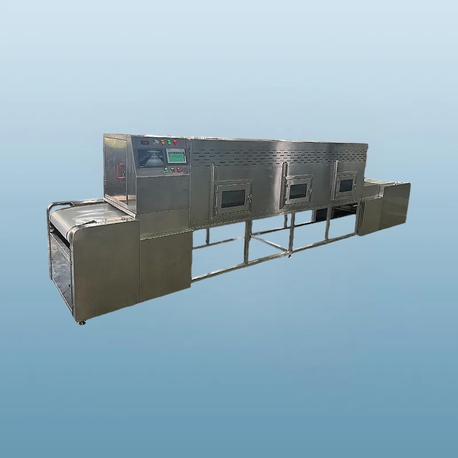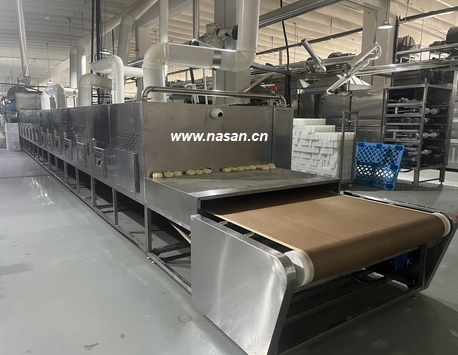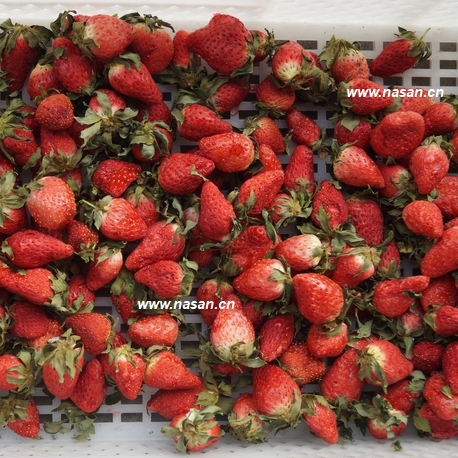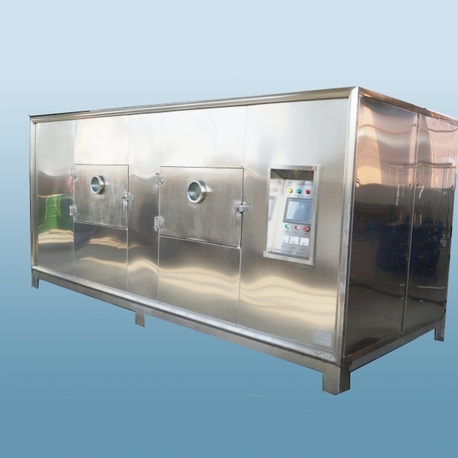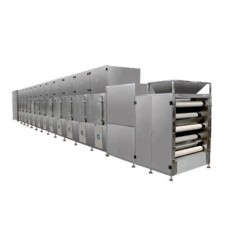In the fast-paced world of food processing, efficiency and quality are paramount. One piece of equipment that stands out for its role in preserving food, reducing waste, and enhancing shelf life is the industrial food dryer. These machines are not just for small-scale home use; they are vital in commercial settings where large volumes of products like fruits, vegetables, grains, and even meats need consistent drying. As businesses strive to meet growing demand while maintaining nutritional value, investing in the right food dryer becomes a strategic decision. Brands like Nasan have carved a niche in this sector, offering robust solutions that cater to diverse industrial needs. In this article, we'll explore the ins and outs of industrial food dryers, covering key aspects from technology and applications to cost considerations, helping you make an informed choice for your operations.
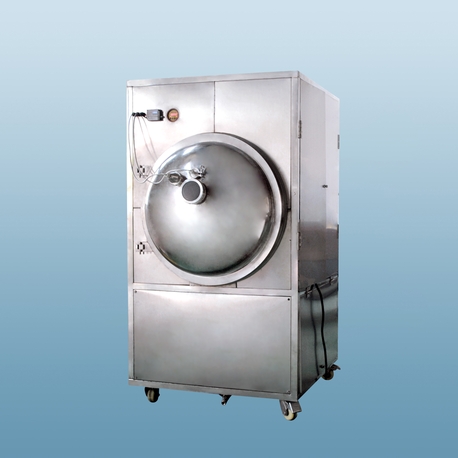
Understanding Industrial Food Dryers: Basics and Importance
An industrial food dryer is a specialized machine designed to remove moisture from food products through controlled heating and airflow. This process, known as dehydration, inhibits microbial growth and enzymatic activity, extending the product's shelf life without compromising its essential qualities. Unlike smaller domestic units, industrial food dryers are built to handle high capacities, often processing hundreds of kilograms per hour. They come in various types, including tray dryers, tunnel dryers, and fluidized bed dryers, each suited for different materials and production scales. The core principle involves circulating hot air or using other energy sources to evaporate water content, resulting in lightweight, preserved foods that are easier to store and transport. For companies in the food industry, a reliable food dryer isn't just a convenience—it's a necessity for reducing post-harvest losses and meeting global food safety standards. By integrating advanced controls, these machines ensure uniform drying, which is critical for maintaining texture, flavor, and nutritional integrity.
Key Applications in the Food Industry
Industrial food dryers are versatile tools used across multiple sectors of the food and beverage industry. In fruit and vegetable processing, they transform perishable items like apples, bananas, and tomatoes into shelf-stable snacks or ingredients for cereals and soups. The meat and seafood industry relies on food dryers to produce jerky, dried fish, and other protein-rich products, ensuring longer preservation without additives. Grains and cereals also benefit from drying to prevent mold and spoilage during storage. Additionally, herbs and spices are often dried to concentrate flavors and aromas, making them ideal for culinary and pharmaceutical uses. Beyond these, food dryers play a role in creating innovative products such as powdered ingredients for instant meals and baby food. This wide applicability highlights why selecting the right food dryer is crucial for optimizing production lines. For example, in large-scale operations, a well-designed food dryer can integrate with other equipment to streamline workflows, reducing energy consumption and labor costs. Companies like Nasan have developed models that adapt to various applications, from drying delicate berries to robust root vegetables, ensuring consistent results across different product types.
Advanced Technologies and Processes in Food Drying
The technology behind industrial food dryers has evolved significantly, driven by demands for energy efficiency and product quality. Traditional methods like hot-air convection are still common, but newer innovations such as heat pump dryers, microwave-assisted drying, and vacuum dryers are gaining traction. Heat pump dryers, for instance, recycle thermal energy, reducing electricity usage by up to 50% compared to conventional systems. Microwave drying uses electromagnetic waves to heat food from within, speeding up the process and preserving heat-sensitive nutrients. Vacuum dryers operate at low pressures, lowering the boiling point of water and minimizing thermal damage to delicate items like herbs or fruits. Another emerging trend is the use of intelligent control systems, which monitor humidity, temperature, and airflow in real-time to adjust parameters automatically. This not only improves consistency but also reduces the risk of over-drying or under-drying. When evaluating a food dryer, it's essential to consider these technological aspects to match your specific production needs. Brands like Nasan incorporate such advancements into their designs, offering features like programmable logic controllers (PLCs) and energy recovery systems. By leveraging these technologies, businesses can achieve higher throughputs and better product quality, making the food dryer a cornerstone of modern food processing.
Cost and Pricing Factors: What to Expect
Investing in an industrial food dryer involves substantial upfront costs, but it's important to view this as a long-term investment that can yield significant returns through reduced waste and increased efficiency. The price of a food dryer varies widely based on capacity, technology, and customization. Basic models might start at a few thousand dollars, while high-end systems with advanced features can exceed $100,000. Key cost drivers include the drying method (e.g., convective, conductive, or radiative), material construction (stainless steel for hygiene and durability), and additional components like air filtration or automation interfaces. Operational expenses, such as energy consumption, maintenance, and labor, also play a critical role. For instance, a more efficient food dryer with heat recovery might have a higher initial cost but lower running expenses over time. It's advisable to conduct a total cost of ownership analysis, factoring in energy tariffs, maintenance schedules, and potential downtime. Many suppliers, including Nasan, offer financing options or leasing plans to ease the financial burden. By understanding these cost dynamics, businesses can budget effectively and choose a food dryer that aligns with their financial and operational goals, ensuring a swift return on investment.
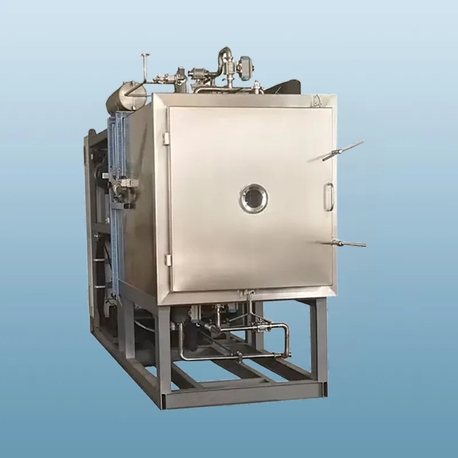
How to Choose the Right Food Dryer for Your Business
Selecting an industrial food dryer requires a careful assessment of your specific needs. Start by evaluating your production volume and the types of products you'll be drying. For high-moisture items like vegetables, a dryer with robust airflow and temperature control is essential, while for fragile herbs, a gentler vacuum system might be preferable. Consider the available space in your facility, as some dryers are compact and modular, while others require dedicated areas for installation. Energy efficiency is another critical factor; look for models with high thermal efficiency ratings or certifications like ENERGY STAR to minimize environmental impact and utility bills. Don't overlook hygiene and safety features, such as easy-to-clean surfaces and compliance with food safety standards like HACCP or FDA guidelines. It's also wise to test the equipment with sample batches before purchase, as this can reveal potential issues with drying uniformity or speed. Consulting with experts or reputable brands like Nasan can provide valuable insights tailored to your industry. They often offer customized solutions, from small-scale food dryers for startups to large industrial systems for established processors. By taking a methodical approach, you can find a food dryer that not only meets your current demands but also scales with your business growth.
Maintenance and Best Practices for Longevity
To maximize the lifespan and performance of your industrial food dryer, regular maintenance is non-negotiable. This includes routine cleaning to prevent residue buildup, which can affect airflow and lead to contamination. Inspect components like fans, heaters, and sensors periodically for wear and tear, and replace them as needed to avoid unexpected breakdowns. Lubricating moving parts and checking electrical connections can also prevent costly repairs. Additionally, calibrate control systems annually to ensure accurate temperature and humidity readings. Training staff on proper operation is equally important; for example, overloading the dryer can strain the system and reduce efficiency. Implementing a preventive maintenance schedule, perhaps in collaboration with the supplier, can extend the machine's life by years. Brands like Nasan often provide comprehensive support services, including spare parts and technical assistance, to help maintain optimal performance. By adhering to these best practices, your food dryer will continue to deliver reliable results, supporting your business in producing high-quality dried foods consistently.
In conclusion, an industrial food dryer is a pivotal asset for any food processing operation, offering benefits like extended shelf life, waste reduction, and enhanced product versatility. From understanding the basic mechanics to navigating costs and technologies, this overview underscores the importance of a well-informed selection process. As you explore options, remember that brands like Nasan bring reliability and innovation to the table, making them a worthy consideration for your drying needs. By investing in the right food dryer, you're not just upgrading equipment—you're future-proofing your business in a competitive market.
Frequently Asked Questions (FAQ)
Q1: What is the typical energy consumption of an industrial food dryer?
A1: The energy consumption of an industrial food dryer varies based on the technology and size. For example, conventional hot-air dryers might use 0.5 to 1.5 kWh per kilogram of water removed, while advanced heat pump dryers can reduce this to 0.2-0.5 kWh. Factors like product type, moisture content, and dryer efficiency also influence overall usage. It's best to consult specifications from manufacturers like Nasan for precise figures tailored to your setup.
Q2: How do I clean and maintain a food dryer to ensure food safety?
A2: Regular cleaning is crucial for food safety. Start by powering off the dryer and allowing it to cool. Remove any debris from trays and filters, then use food-safe detergents and sanitizers to wipe down surfaces. For deep cleaning, disassemble accessible parts as per the manufacturer's guidelines. Schedule monthly inspections for mold or residue, and train staff on hygiene protocols. Brands like Nasan often provide detailed maintenance manuals to support these efforts.
Q3: Can a food dryer handle different types of food in one batch?
A3: While it's possible, it's generally not recommended to mix different foods in a single batch due to variations in drying times and moisture levels. This can lead to uneven results, such as some items being over-dried while others remain moist. For optimal quality, process similar products together. If flexibility is needed, consider a food dryer with adjustable zones or settings, like some models from Nasan, which allow for better control.
Q4: What is the average lifespan of an industrial food dryer?
A4: With proper maintenance, an industrial food dryer can last 10 to 20 years. Factors like usage intensity, environmental conditions, and build quality affect longevity. High-quality units made from stainless steel, such as those from reputable brands, tend to endure longer. Regular servicing and part replacements can further extend the life, ensuring consistent performance over time.
Q5: How does the cost of an industrial food dryer compare to other preservation methods?
A5: An industrial food dryer often has a higher upfront cost than methods like freezing or canning, but it can be more cost-effective in the long run due to lower energy and storage expenses. Drying reduces product weight and volume, cutting down on transportation and warehousing costs. Additionally, dried foods have a longer shelf life, reducing spoilage losses. When comparing, factor in total operational costs to see the full benefits of a food dryer investment.



